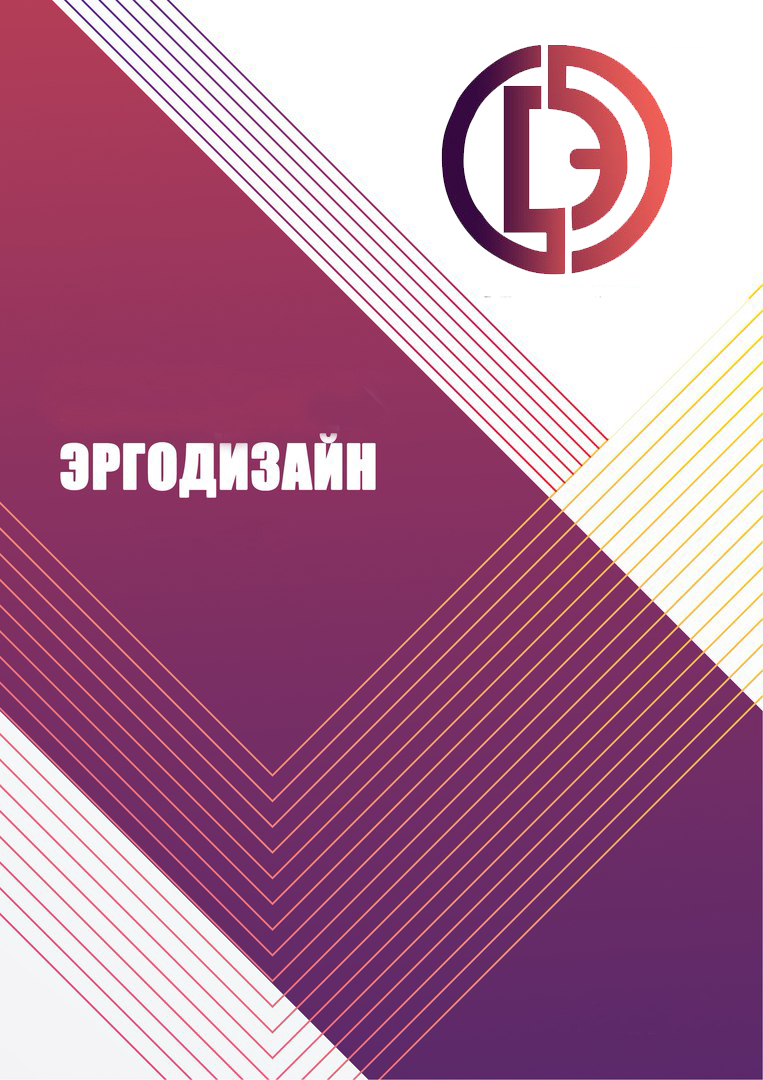Tomsk, Tomsk, Russian Federation
Tomsk, Tomsk, Russian Federation
CSCSTI 12.09
Light is an essential part of every person’s life, regardless of age. The impact of light on the quality of life directly depends on how often a person is exposed to the sun. Statistics shows that people living in sunny countries suffer less from seasonal psychoemotional diseases and ailments than residents of northern regions. But how can we help the inhabitants of the north to reduce the negative effects of the lack of sun in their lives, especially those who are not native to the north and have not developed immunity to the harsh living conditions? There are several main methods, namely visiting sunny countries during the holidays, eating and replenishing the necessary microelements, all these eliminate the consequences of the sunlight lack. This problem requires an integrated approach, in which it is very important to eliminate the consequences and just as important it is to influence the root of the problem which is the psychological lack of sunlight. Light is significant not only for producing necessary microelements, but also for maintaining the balance of the psyche and improving mood, since light and heat are involved in producing hormones of joy (serotonin). One of these options is the simulation of sunlight and its adaptation to a person’s working or household environment.
light, imitation light, natural light, adaptive light sources, led design
1. Hopkins J. Great Encyclopedia of Medical Diagnostics. Moscow: AST, Astrel, Harvest, Kladez; 2007. 352 p.
2. Vodolazhsky G. Chronobiological View on the Development of the Human Brain. Moscow: LAP Lambert Academic Publishing; 2012. 188 p.
3. Walker M. Why We Sleep. The New Science of Sleep and Dreams. Moscow: KoLibri; 2018.
4. Pankov O. Eye Health With Light. Moscow: Metafora; 2017. 144 p.
5. Dedov I.I., Melnichenko G.A., Fadeev V.V. Endocrinology. Moscow: GEOTAR-Media; 2012. 432 p.
6. Suplotova LA, Avdeeva V.A., Pigarova E.A., et al. Vitamin D Deficiency in Russia: The First Results of a Registered Non-Interventional Study of the Frequency of Vitamin D Deficiency and Insufficiency in Different Geographical Lattitudes of the Country. Problems of Endocrinology. 2021;67(2):84-92. DOIhttps://doi.org/10.14341/probl12736.
7. Kodentsova V.M., Mendel O.I., Khotimchenko S.A., et al. Physiological Need and Effective Doses of Vitamin D for Deficiency Correction. Current State of the Problem. Problems of Nutrition. 2017;86(2):47-62.
8. Kelly R. Light as an Integral Part of Architecture. College Art Journal. 1952;12(1):24-30. DOIhttps://doi.org/10.2307/773361.
9. Kukhta M.S., Vasilyeva M.O. Design of Scenarios for Comfortable Lighting of Industrial Premises in the Arctic. Design. Materials. Technology 2020;1(57):17-22.
10. Vasilyeva M.O., Kukhta M.S. The Basic Principles of Development of Lighting Scenarios: the Control of Light in Interior Design. Akademicheskij Vestnik Uralniiproekt RAASN. 2019;1(40):88-93. DOIhttps://doi.org/10.25628/UNIIP.2019.40.1.016.
11. Vasilyeva M.O., Kukhta M.S. Interior Lighting Design: Traditions and Modernity. Design. Materials. Technology. 2018;4(52):35-41.
12. Shorygina T.A. Conversations About the Russian North. Guidelines. Moscow: Sfera; 2017. 96 p.
13. Sokolov A.P., Kukhta M.S. Mathematical Modeling in Bionic Designing. Proceedings of the Academy of Technical Aesthetics and Design. 2016;1:17-21.













